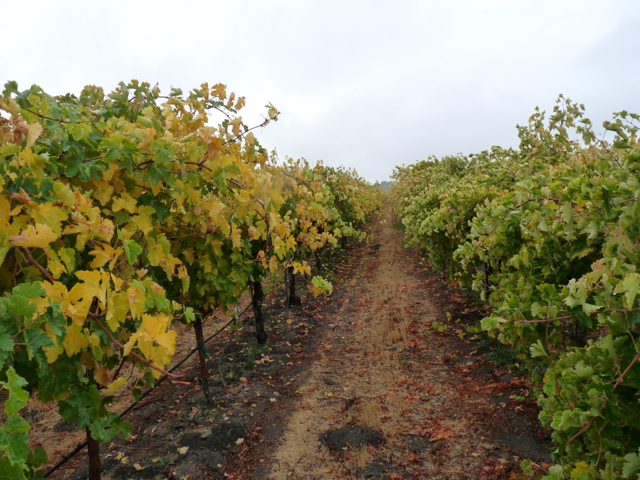Regulations
STATEMENT FROM CALIFORNIANS FOR WATER SECURITY
Californians for Water Security issued the following statement in response to the drought relief package announced today by Governor Edmund G. Brown Jr., Senate President pro Tempore Kevin de León, Assembly Speaker Toni Atkins, and Republican Leaders Senator Bob Huff and Assembly member Kristin Olsen.
The following quote can be attributed to Robbie Hunter, President, State Building & Construction Trades Council of California:
“Today’s announcement shows the serious problems California faces in the midst of this historic and unrelenting drought. While the steps presented today would deal with the immediate drought, we also need to create long-term solutions to the systemic problems stemming from the state’s aging and sorely inadequate water distribution infrastructure. Our current system cannot accommodate the state’s current population, let alone expected increased demands of the future.
“That’s why we must move forward with implementing the plan to update and modernize California’s water distribution system through the Bay Delta Conservation Plan (BDCP). There’s no time to waste. This plan will help us prepare for future droughts by using the water we have more efficiently and building a modern water distribution system that allows us to better move and capture water in rainy years. It will also address the severe vulnerabilities inherent in our state’s outdated water infrastructure, including the threat of earthquakes and floods.”
The plan was drafted after nearly a decade of extensive expert review, planning and scientific and environmental analysis by the state’s leading water experts, engineers and conservationists. It is the only viable plan supported by leading scientists, water agencies, engineers and other experts.
The BDCP plan will:
– Improve the safety of our water system by fixing aging infrastructure using the most innovative technologies and engineering practices.
– Protect water supplies by delivering them through a modern water pipeline rather than relying solely on today’s deteriorating levee system.
– Build a water delivery system that is able to protect our water supplies from earthquakes, floods and natural disasters.
– Improve the ability to move water in wet years to water storage facilities throughout the state so we can capture it for use in dry years.
– Restoring habitat and more natural water flows above ground in rivers and streams in order to reduce impacts on endangered fish and other wildlife.
– Build a water system that can reliably deliver water to people and businesses, while also protecting water supplies for the environment, fish and wildlife.
About Californians for Water Security:
CWS is a new and growing coalition of residents, business leaders, labor, family farmers, local governments, water experts, environmentalists and others who support the plan to fix California’s broken water distribution system through the implementation of the BDCP, which was drafted after nearly a decade of scientific review and analysis by leading water experts and conservationists and has received input from leading scientists and engineers. The coalition is waging an active advertising, grassroots lobbying, social media and public advocacy campaign to support this important project to fix our aging water distribution infrastructure and improve water reliability and security throughout the state.
For information on Californians for Water Security, visit: www.watersecurityca.com
























